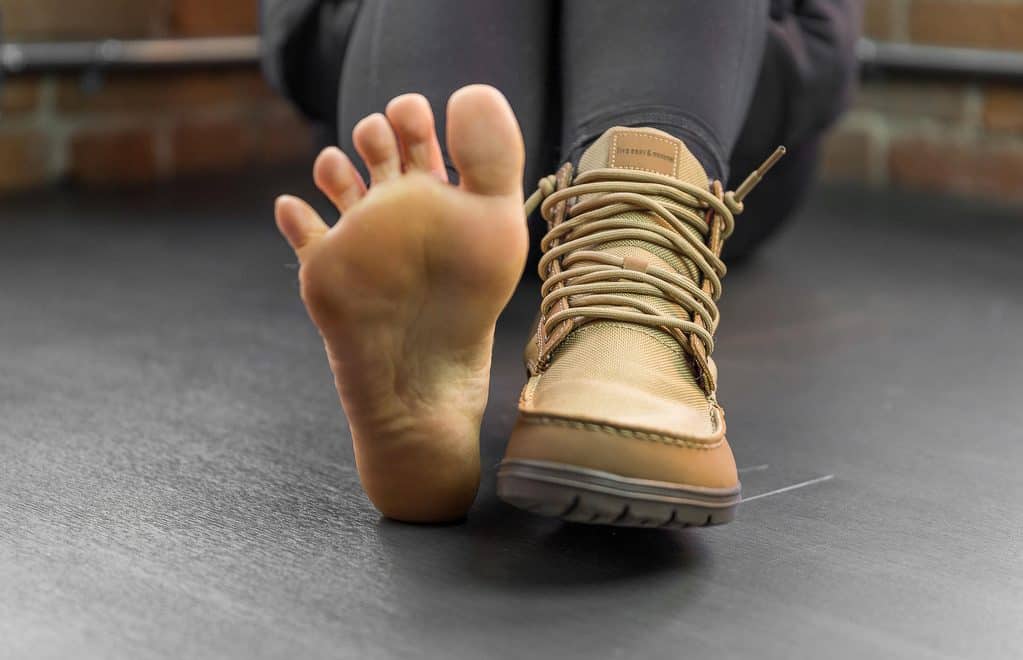When it’s freezing out there, protecting your poor feet with some insulated boots is nothing short of a necessity. To just walk around in the snow, in a snug winter jacket and insulated boots would make the otherwise “frozen” experience, a cherishable one.
But when you are indeed getting yourself a pair of insulated boots should you find out how long they will last? How will you be able to make most of your insulated boots?

Even if your old pair has lost a bit of that insulation how will you be able to use them this winter? Since all the previous questions are ones that are buzzing inside your head why aren’t you reading on to find the answers? Go on.
Read on to find out more about the lifespan and a bit more about those comfy insulated boots.
Do insulated boots lose insulation over time?
Insulated boots are meant to keep your feet warm and cozy when you are out playing or running or working in the cold.
With a wide variety of insulation levels available in the market, they can keep your feet warm on a nippy day as well as when the temperature is way below zero.
They do cost much more than their non-insulated counterparts and this does compel you to look deeper into its durability.
If the insulation is lost in a span of few months, the boots would not be worth the price and you’ll definitely not want to waste your money.
So, does the insulation wear off from Insulated boots over time?
The answer is YES. The insulation won’t last forever. It will eventually wear off. Insulated boots will probably last a couple of winters and them you will have to repair or resole them to keep your feet warm.
If the insulation does wear off why should you get insulated boots?
Why should you get insulated boots?
When compared to non-insulated boots, the insulated ones provide greater warmth and comfort. Insulated boots have extra cushioning which provides extra support and improved snugness. They are suitable for walking and working in snow and will keep frostbite at bay.
The cushioning effect is favorable for diabetic patients as it can prevent cracks or bruises or infections. So insulated boots are indeed worth the price even though they are not that durable.
You can replace the insoles to maintain the insulation of the boots as well.
Types on insulation in boots?
Insulated boots are boots that come with heating or heat-trapping abilities. This can come from various factors. The interior of the boot could be lined with an insulating material or the boot might have an insulating sole and insole.
Even though there are indeed a lot of insulating materials that are used in boots these days, thinsulate and shearling are the most common choices.
Thinsulate is a synthetic insulator that traps air within the little pockets of the microfiber to retain heat and prevent heat loss.
Thinsulate is thin, is probably the warmest option and can keep your feet warm even if it gets wet. Other microfibers such as HeatSeeker, Zylet, OptiWarm, and Primaloft are also common insulators used in boots.
Shearling is soft and fuzzy fleece and extremely comfortable. It can keep your feet warm even in the most extreme of winters. But shearling is not meant for rough outdoor usage.
How long does insulation last in insulated boots?
Thinsulate can last for about two seasons and in certain exceptional cases, up to a few years. This loss in insulation happens due to compression of the thinsulate.
With repeated usage the thinsulate gets compressed and the air pockets become smaller, thereby losing a bit of its ability to trap heat.
If you maintain them properly, shearling lined boots can last you a decade but shearling boots are only meant for regular usage and not outdoor work. So even if they do last, they are of no use if you want to go out in the snow.
Can you wear thinsulate boots during summer?
Even though insulated boots are meant to keep your feet warm during winter, they can also be put to use in summers. It is ok to wear boots under 200g during summer.
The thin layer of thinsulate will help in wicking off sweat and therefore is a very good option for summers. If you do have a 200g thinsulate winter boot, it can be your all year boot as well.
How to keep your feet warm in boots during winter?
1.) If you find your feet to be freezing in the cold despite layers of socks and an insulated boot the reason could be that you are losing heat from other body parts.
Use a cap or cover up your body properly to prevent heat loss from any other part of the body as the feet won’t lose heat in isolation.
2.) Make use of thick socks and layer them up for greater warm. Woolen socks are the best option.
3.) You can make use of thermal insoles. These are thick additional insoles that can be put inside your boots to improve insulation.
4.) You can use microwavable pads of rice or chemical foot warmers that can provide you with some extra heat.
5.) Use beeswax based leather protector to create a protective coating on the surface of the boot that will help reduce heat loss.
How to care for insulated boots?
1.) Clean boots gently with a mild leather cleaner
2.) Apply polish or wax with a dauber brush
3.) Let it dry and polish it well
4.) Apply protector spray to preserve the outer insulation
5.) Soak the inserts in a sink of warm water mixed with one cup vinegar and laundry detergent for 30 minutes. Then wash and rinse properly. Let them air dry completely.
6.) Never twist or wring thinsulate. Do not use dryer, air dry instead.
Top 3 insulated boots for winter
1.) Columbia Men’s Fairbanks Omni-Heat Ankle Boot
This sleek, stylish and comfortable 200g thinsulate Insulated boot will keep your feet warm in winter and cool and dry in summer.
- OMNI-HEAT: Our patented Heat Reflective lining is the ultimate heat management system for outdoor performance.
- ADVANCED TECHNOLOGY: Our Omni-TECH system features a waterproof breathable seam-sealed membrane bootie construction.
- URBAN STYLE MEETS FUNCTIONAL BOOT: The perfect combination of high-top style and function, with full laced up ankle support, this boot makes for great wearability wherever you go this winter.
- TRACTION AND COMFORT: Featuring our indoor-friendly Omni-GRIP, a non-marking outsole, this boot provides sure-footed traction in the wild.
Prices pulled from the Amazon Product Advertising API on:
Product prices and availability are accurate as of the date/time indicated and are subject to change. Any price and availability information displayed on [relevant Amazon Site(s), as applicable] at the time of purchase will apply to the purchase of this product.
2.) Huntrite Men’s Insulated Waterproof Hunting Boots
This durable, waterproof and comfortable hunting boot will keep your feet warm and comfy in the coldest of climates.
- ALL-PURPOSE BOOTS – Our hunting boots for men are designed for the hard-working guys out there.
- STAY WARM AND COMFORTABLE – These insulated boots feature 1200 gram Thinsulate Insulation for chill-stopping warmth.
- WATERPROOF BREATHABLE MEMBRANE – Waterproof boots with a breathable membrane that keeps water out while allowing vapor to escape.
Prices pulled from the Amazon Product Advertising API on:
Product prices and availability are accurate as of the date/time indicated and are subject to change. Any price and availability information displayed on [relevant Amazon Site(s), as applicable] at the time of purchase will apply to the purchase of this product.
3.) Kenetrek Womens Mountain Extreme Insulated Hiking boot
This durable, corrosion resistant boot with extra support is the best mate for your feet while hiking in the snowy mountains.
- 8 tall leather uppers made from 2.8 mm full grain leather feature double and triple stitching throughout for added durability
- 5 mm nylon midsole provides fantastic stability and the custom Supportive insoles give your feet the support they need
- Forged boot hardware offers corrosion resistance and swivels instead of breaking
Prices pulled from the Amazon Product Advertising API on:
Product prices and availability are accurate as of the date/time indicated and are subject to change. Any price and availability information displayed on [relevant Amazon Site(s), as applicable] at the time of purchase will apply to the purchase of this product.











